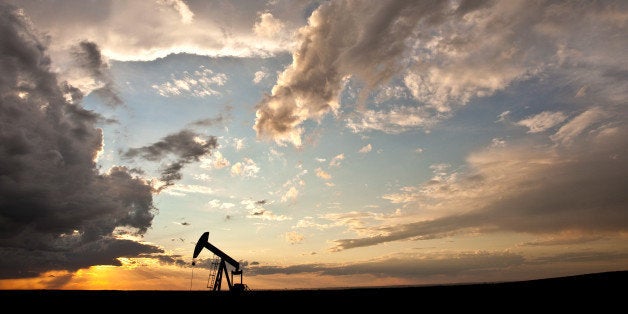
At the COP21 conference in Paris, leaders from around the world reached an historic deal to limit the rise in average global temperature to well below 2°C, with 1.5°C being the ideal benchmark. While countries discussed innovative paths forward to achieve this goal, California was the only state consistently recognized for our climate leadership.
No place on earth has embraced more groundbreaking action to reduce greenhouse gas emissions and slow the advance of climate change than the Golden State. Just this year alone, we adopted new 2030 standards that will increase our renewable energy sources to 50 percent while doubling the energy efficiency of our buildings.
And yet a group of legislators, including myself, did not go to Paris to share the story of a mission accomplished. For all that California has done to reduce its carbon footprint, there is more work still to do.
Millions of Californians, especially those who reside in under served communities - from the East Bay and Central Valley to the Inland Empire and Southeast Los Angeles County - continue to breathe some of the most polluted air in the nation. It is not coincidence, for example, that one in eleven LA County children suffers from asthma, that cancer clusters exist in low-income communities across the state and that in a city like Commerce, you are 140% more likely to contract cancer from diesel soot than people in the rest of LA.
Such is the challenge before us--an existential challenge--that we must now seize the opportunity presented by Paris to target what I call the next phase in California's climate leadership: reducing short-lived climate pollutants. Among these are the Dirty Three--black carbon, methane, fluorinated gases--that remain in the atmosphere for a shorter duration than CO2, but can be up to a hundred times greater, contributing about 40% to global radiative forcing - the effect that causes climate change.
In 2014 I authored Senate Bill 605, which directed the California Air Resources Board to produce a draft report on short-lived climate pollutants, identifying major sources of emissions as well as policies and strategies to achieve significant, achievable reductions.
Black carbon is a product of our everyday living. Drive a car or diesel truck, light a fire, operate heavy machinery, and you are emitting black carbon into the atmosphere. Black carbon triggers asthma and causes chronic respiratory sicknesses. It kills. Methane, the byproduct of cows and mega-dairies, as well as landfills and leaking wells does its own damage to our respiratory health, along with contributing significantly to climate change. Fluorinated gases used in air conditioning and refrigeration units only make the holes in our ozone layer bigger. Ironically, as the world warms, the demand for such cooling gases increases.
Altogether, the Dirty Three create an impact to the environment one hundred times greater than CO2, contributing about 40 percent to global reactions that cause climate change. On the ground, these emissions hit poor communities the hardest--those neighborhoods situated beside freeways and rural households that rely on fireplaces to heat the night.
While in Paris, I introduced legislation back home that will set 2030 targets on the Dirty Three: 50 percent reduction in black carbon emissions and 40 percent reductions in methane and fluorinated gases, below 2013 levels. In response to my action, I have no doubt that industry will sow its fear. Too much, too fast, they will say. Farms and trucking companies won't be able to survive the standards. Businesses by the droves will depart the state.
But since 2007, when California first mandated the widespread addition of renewable energy sources, greenhouse gas emissions have been cut by 100 million tons. Along the way, we have created a thriving green economy that promises only more jobs and more innovation as we reach to do even better.
As a California delegate to COP21, meeting with climate change experts from around the world, the resonance of our California story continues to astonish. At several meetings, California leaders are seated next to representatives from other countries - not other states. As the 7th largest economy in the world, and leader on climate change, our action - or inaction - matters. We've made significant progress on climate change legislation. Now, it's time for the next phase. It's time to drastically reduce the Dirty Three.